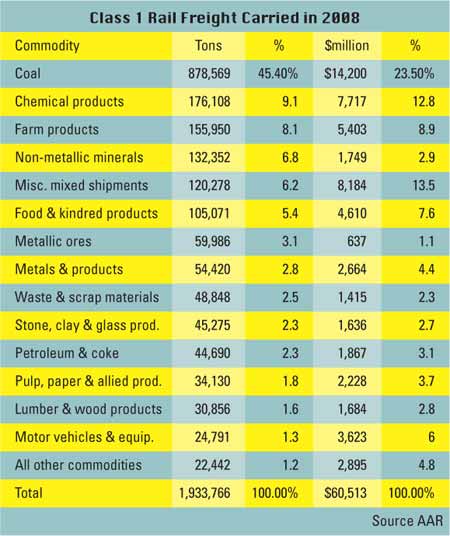
Intermodalism in the Buffett era
Storied investor places big bet on future of rail, but massive investments are needed if intermodalism is to achieve its potential.By Peter A. Buxbaum, AJOT
Warren Buffett’s recently announced investment of $26 billion to buy the Burlington Northern Santa Fe Railway has put the spotlight on intermodal transportation. Intermodalism has been coming of age for quite a few years now and its advocates say that it represents the future of the U.S. freight transportation system, especially now that environmental considerations have moved to the forefront of political and business consciousnesses.
Others are skeptical, saying the future of intermodalism hinges on more mundane factors such as fuel prices. Let fuel prices remain relatively low, or even drop, and intermodalism will have little chance of increasing its market share. Other considerations include the ability of railroads to raise capital to expand capacity and the ambiguous inclinations of the U.S. government to incentivize such developments.
Buffett, who is known as a level headed value investor, is generally seen as having given a major vote of confidence to U.S. railroads with its takeover of BNSF. “Every study shows the railroad business doubling over the next 20 years,” said Larry Kaufman, a Denver-based railroad consultant and former rail executive. “Buffett buys going concerns and doesn’t invest in new managements.”
While some see railroading as a 19th century business, Gil Carmichael, a former federal railroad administrator and founding chairman of the University of Denver’s Intermodal Transportation Institute (ITI), said the industry will regain dominance in the 21st century. “In this century we’re going to be using railroad rights of way almost to the same extent we used interstate highways in the last century,” he said. “Warren Buffett has 40,000 miles of right of way with BNSF. It is a beautiful asset.”






